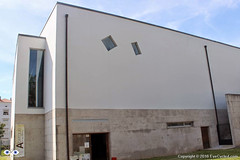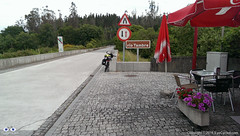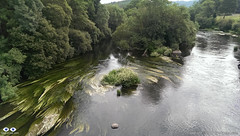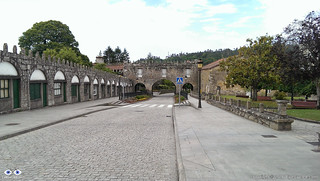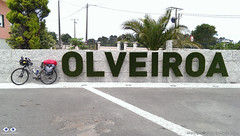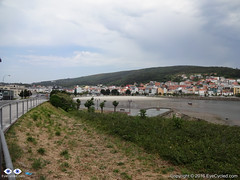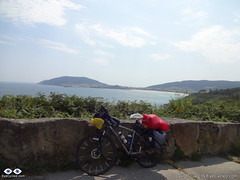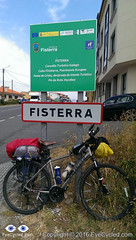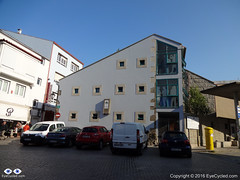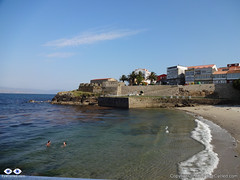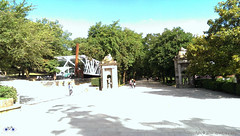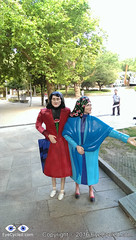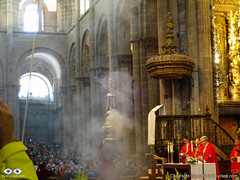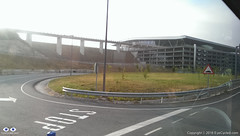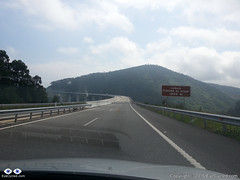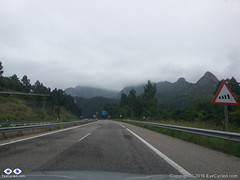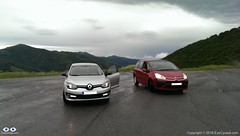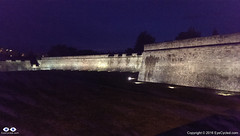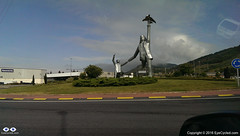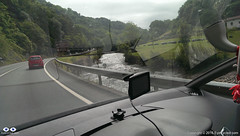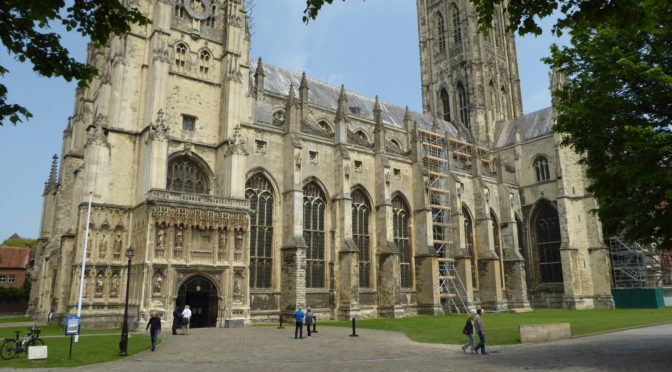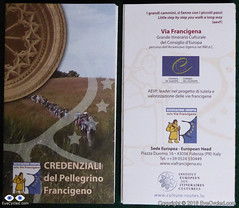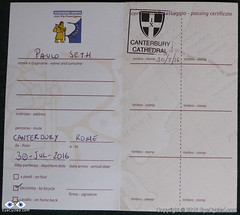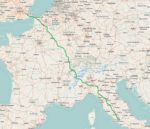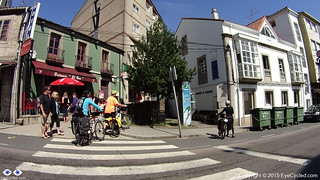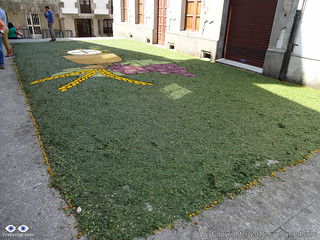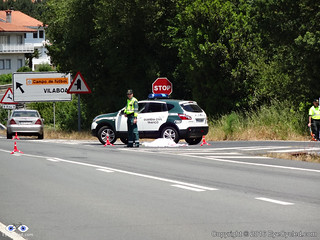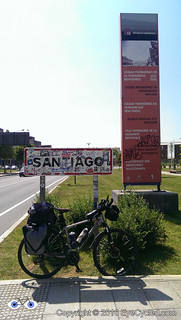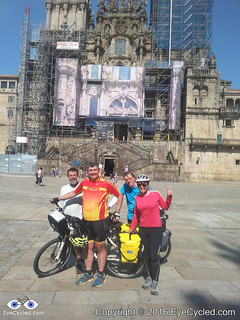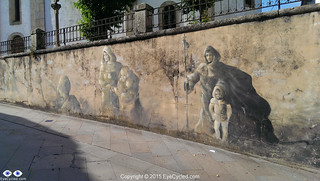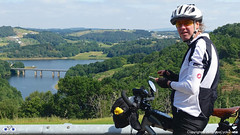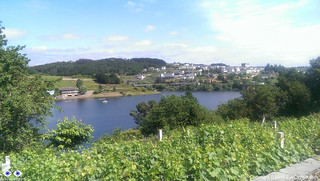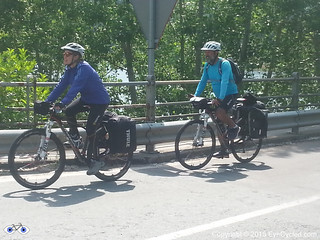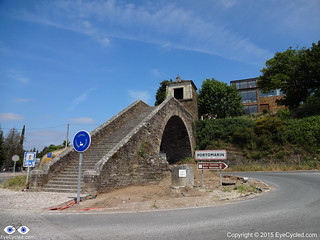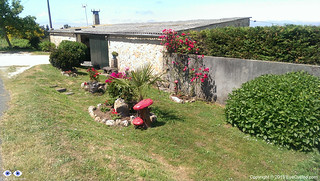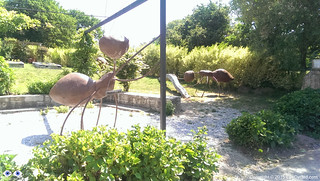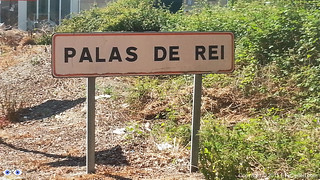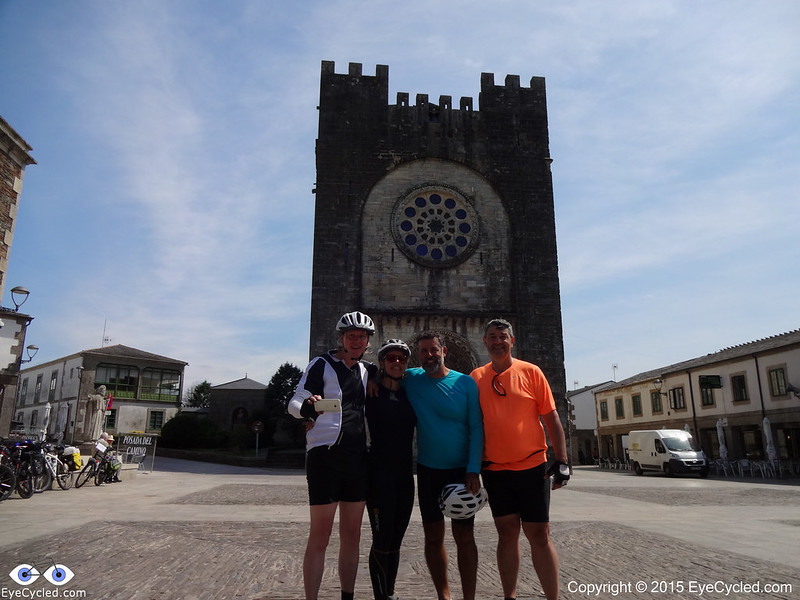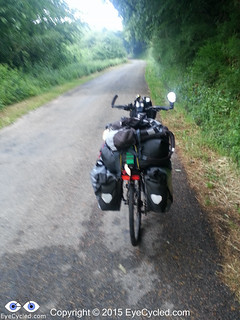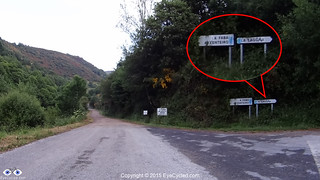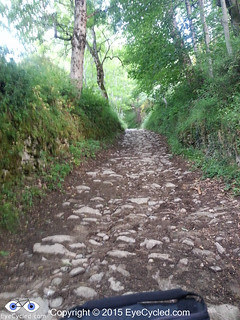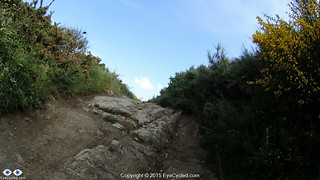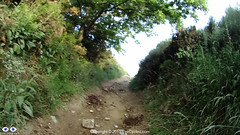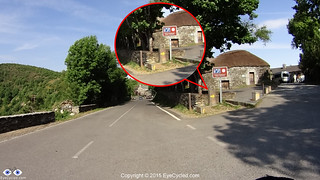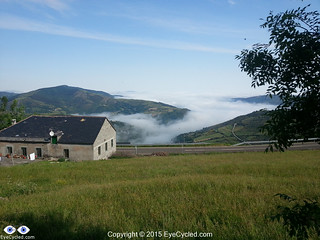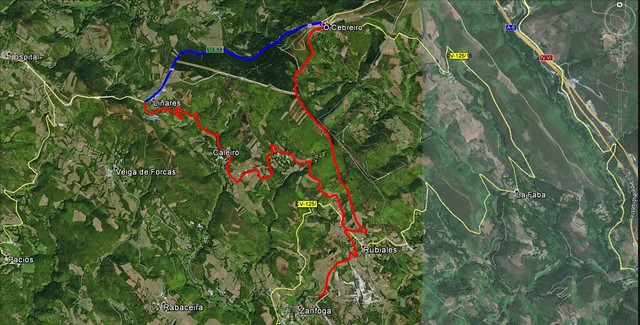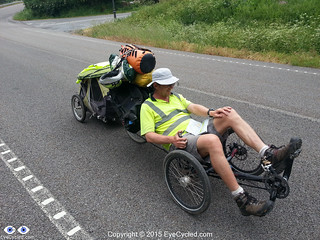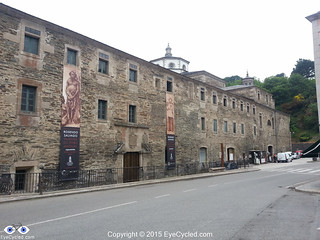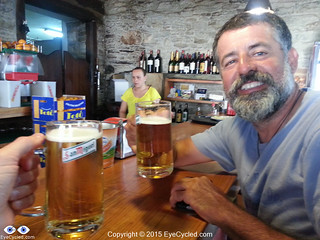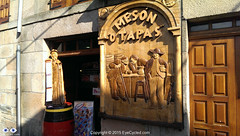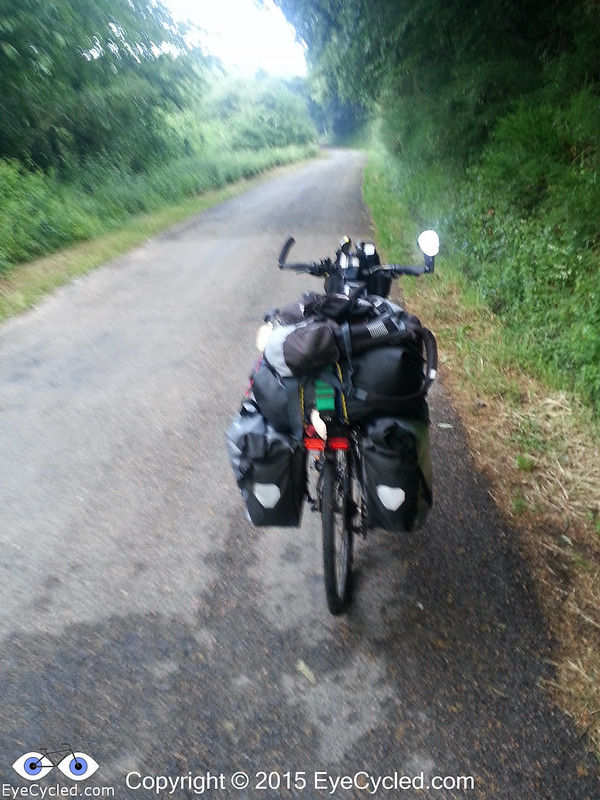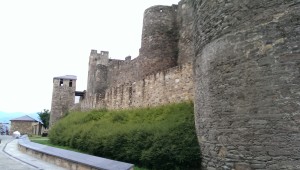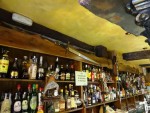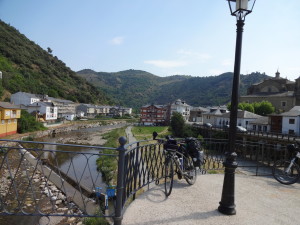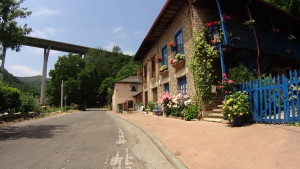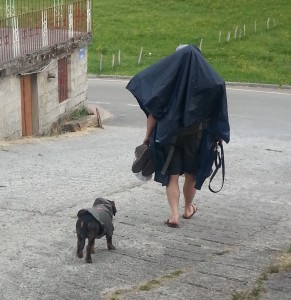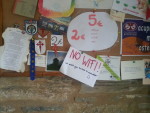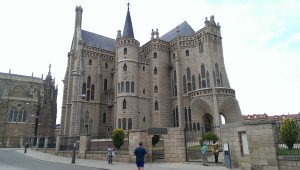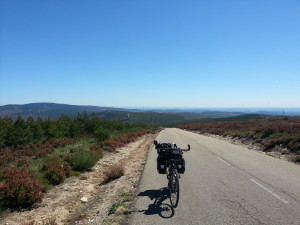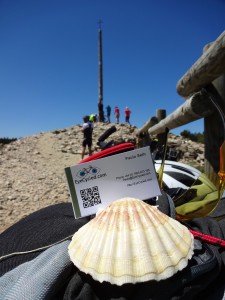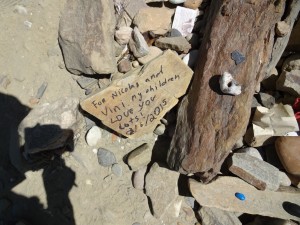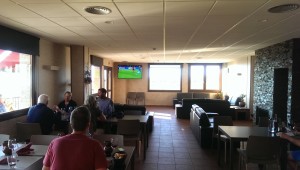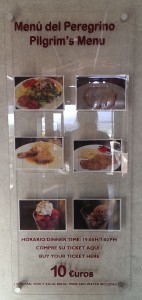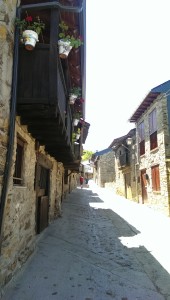Greetings EyeCycled friends.

Please read the blog post below and if you feel inclined to do so, donate generously to my charity of choice through the Virgin Money Giving link below:
http://www.virginmoneygiving.com/EyeCycled
If you have been following my blog or Facebook page, you will know that I am soon going to be undertaking my biggest bike ride yet, a 2,000 Km long (approx.) bike ride from Canterbury in UK to Rome in Italy, on an ancient pilgrimage route known as Via Francigena.
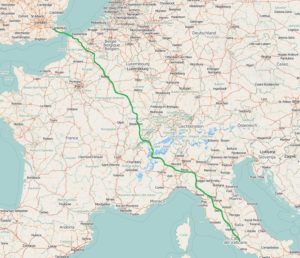
My motivations for doing this bike ride are many, some of which are quite obvious and some are not. On the obvious side, you may have followed my series of blog posts about the Camino de Santiago last year. The Via Francigena is a natural step up from that as it is 2x as long and not as well structured as the Camino (what I mean is that there aren’t as many pilgrims’ accommodations along the way and the route is not well sign posted, especially in France).
As for the non-obvious reasons, I feel strong enough now to share at least one with you all. Since the very unfriendly break-up of my marriage, some 15 months ago, I’ve been battling on and off with depression. I took antidepressants for a few months and gone through therapies.
Depression is an odd kind of illness… Due to sheer ignorance, like many I had a very stigmatized view of it. To be honest, of any type of mental illnesses, actually.
I truly thought it was sort of a rich people’s sickness. An illness that affected only those people who had too much free time on their hands. Life has a funny way of teaching you things sometimes.
So, imagine my surprise when I started to notice very physical symptoms caused by anxiety and my general mental state. Among others where teeth-grinding (also known as Bruxism), sleeplessness, difficulty to breath and more. Life hadn’t stopped, of course, and there were still bills to be paid and things to be done, which at times, associated with loneliness gave me the real feeling I wouldn’t be able to coupe anymore.
Went to the GP several times and he confirmed the diagnosis of clinical depression. It was somewhat interesting to understand how your mental state can have such a powerful impact on your physical condition and I am not talking here about normal day to day worries most people have with their children, their financial affairs, their jobs, etc. This is not a learning experience I wish anyone to go through, but it is generally hard to choose not to be depressed when you’re affected by certain life circumstances, which can vary of importance from person to person, especially when there is so much negative going on in the world these days. Depression is usually a package.
In extreme cases, for some the easy way out appears to become the only solution (even though it is clearly not) and it may surprise you to know that suicide remains the leading cause of death for men between 20 and 34 in England and Wales, representing 24% of all deaths in 2013, and for men aged 35-49, at 13% of deaths (source: The Guardian).
Thankfully the ultimate act was never an option for me… not that I didn’t occasionally think about it, but I’ve always considered it a very unlikely outcome for me in particular. I value my life and the life of others way too much and I personally don’t think ending your physical existence ends the mental problems you might be facing (I believe in “life” after death).
Needless to say this condition had an impact not only on my personal life, but on my professional one too. I don’t subscribe to the idea that a person can fully compartmentalized his personal and professional lives. An unbalance in one, will have repercussions in the other.
The drug I was taking didn’t appear to be making much of a change, although it did help me sleep at night (helped even a bit too much at times as it made it a lot harder to jump out of bed in the morning as well), and when my GP suggested the prescription of a more powerful drug I took the decision upon myself to try to beat this thing without chemicals (or artificial ones, at least).
Cycling has been “my thing” for quite a few years now and it was only natural for me to turn to cycling as a means to combat my depression. Convincing my bosses to give me a 42 days holiday was a tough sell, but I manage to do it and here I am, just a few weeks from starting my cycling pilgrimage.
I am no expert, but I believe that for most there can be a drug-free way to find balance in life again. Some may find it through meditation, others through physical exercise, others by drastically changing their life-styles and so on. I do believe in drug-free treatments are not always possible and that the ultimate word has to remain with the medical or psychological experts treating each case, but I personally don’t think emotions are just a chemical unbalance that can be corrected through drugs. If that was true it would be possible to “correct” love and hate the same way. But even if drugs are the answer, I still believe there are ways for our bodies to produce some of these chemicals naturally such as Serotonin, a neurotransmitter, regarded by some researchers as a chemical that is responsible for maintaining mood balance, and that often link a deficit of serotonin to depression. No doubt, you can take drugs that will aid to increase Serotonin levels in the brain, but according to the Psychology Today Blog, “In numerous studies exercise has been shown to increase both serotonin production and release. In particular, aerobic exercises, like running and biking, are the most likely to boost serotonin.”
So, what I am trying to prove to you, in case you don’t already know, is that, if you know someone who suffers from a mental illness (or if you experience or have experienced it yourself) a drug-free treatment through physical activity can be a powerful boost to your well-being, not to mention a big reduction of the cost to businesses and society overall, given that antidepressant use has doubled in England over the past 10 years (source NewScientist). Most concerning is that the number of children prescribed with antidepressants have increased by 50% in 7 years (source: The Independent).
A US study has estimated that about 300 million work days are lost to sickness every year with 56% of employees reporting depression and anxiety as a cause. Not even the most cold-hearted business person can ignore these stats.
 That is why I converted my solo bike ride to Rome into a charity event and have partnered with Mind UK, one of the UK’s leading Mental Health charities, on this enterprise and am here asking for you to donate some of your hard earned cash to this cause. I know how hard it is to try to get out of a bad situation alone and sometimes you need someone that can provide you with an independent perspective about your situation.
That is why I converted my solo bike ride to Rome into a charity event and have partnered with Mind UK, one of the UK’s leading Mental Health charities, on this enterprise and am here asking for you to donate some of your hard earned cash to this cause. I know how hard it is to try to get out of a bad situation alone and sometimes you need someone that can provide you with an independent perspective about your situation.
Every pound (or dollar, or Euro… whatever) you donate makes a difference. For example:
- £8.70 gives a lifeline to someone in desperate need of support
- £30 helps Mind work with the government to promote mental health needs and improve services
- £150 could fund a local support group
- £250 could fund equipment for an art therapy group
- £500 can keep Mind’s legal advice service open for a day helping people understand their rights and receive practical legal advice on mental health issues.

I believe the best thing to combat depression is to try to live life to the fullest. What that means changes from person to person. To live life to it’s full potential will likely be related to finding a job or work that is fulfilling, having a loving family relation, good friends, include hobbies and physical activities and help those you can, through volunteering or other social efforts in benefit of those in need.
During a recent well-being course, I was shown how to graphically represent life as a boat. If you divide your boat only between work and family chances are that if one of them isn’t going well your boat will have more trouble to stay afloat than if you are able to divide your life’s boat in more compartments.
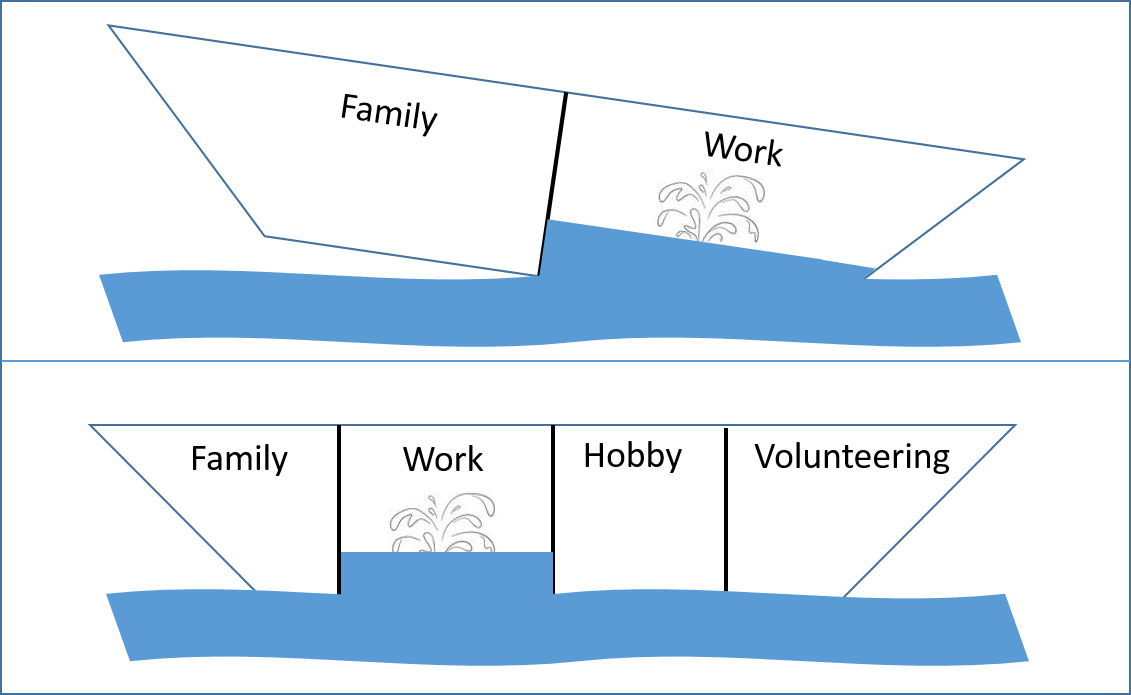
Cycling has been one of these compartments for me… it’s a low impact form of exercise providing an increased cardiovascular fitness as well as a good muscle workout, as it uses all the major muscle groups as you pedal. It is excellent in reducing obesity and controlling weight and while you are on your bike your stress levels seem to fall dramatically even when you are thinking about your problems which automatically leads to a reduction in anxiety and depression. But if cycling is not your thing, just pick something else… There is plenty to choose from.
The important thing is that you don’t give up.
If you allow me to suggest a strategy, rather than choosing something cheap and easy just to “try it out first, to see how it goes”, go the full mile. Choose something you think you will like (inform yourself) and go buy the gear for it.
Do not buy the cheapest!
If you can afford to buy expensive things, buy, for example, the best running shoes you can afford, if you decide to run, or the best bicycle, if you decide to cycle, or the best tennis or water sports gear if you go for those… that way you are making not only a personal commitment, but a financial investment also and this has 2 advantages:
- Generally speaking people don’t like to waste money.
- Generally speaking, you get what you paid for. Buying good quality gear will enhance your experience and help you transition into it more easily, with less efforts and pain.
Of course, this is not for everyone, but keep in mind managing limited resources are very much a question of priorities. If you are ill, getting healthy should be one. As Mr Spock would say, it is illogical to want to remain sick!
To contribute to this cause, please click on the Virgin Money Giving page below (just in case, nothing of your contribution is given to me).
 http://www.virginmoneygiving.com/EyeCycled
http://www.virginmoneygiving.com/EyeCycled
If you have contributed, but still feel generous, you could also consider to pay me a coffee to help me keep up with the Blog costs and as an incentive for me to keep doing this sort of thing and blogging about it…
(suggested amount = £2.00 or USD $3.00 or 2.50€).



